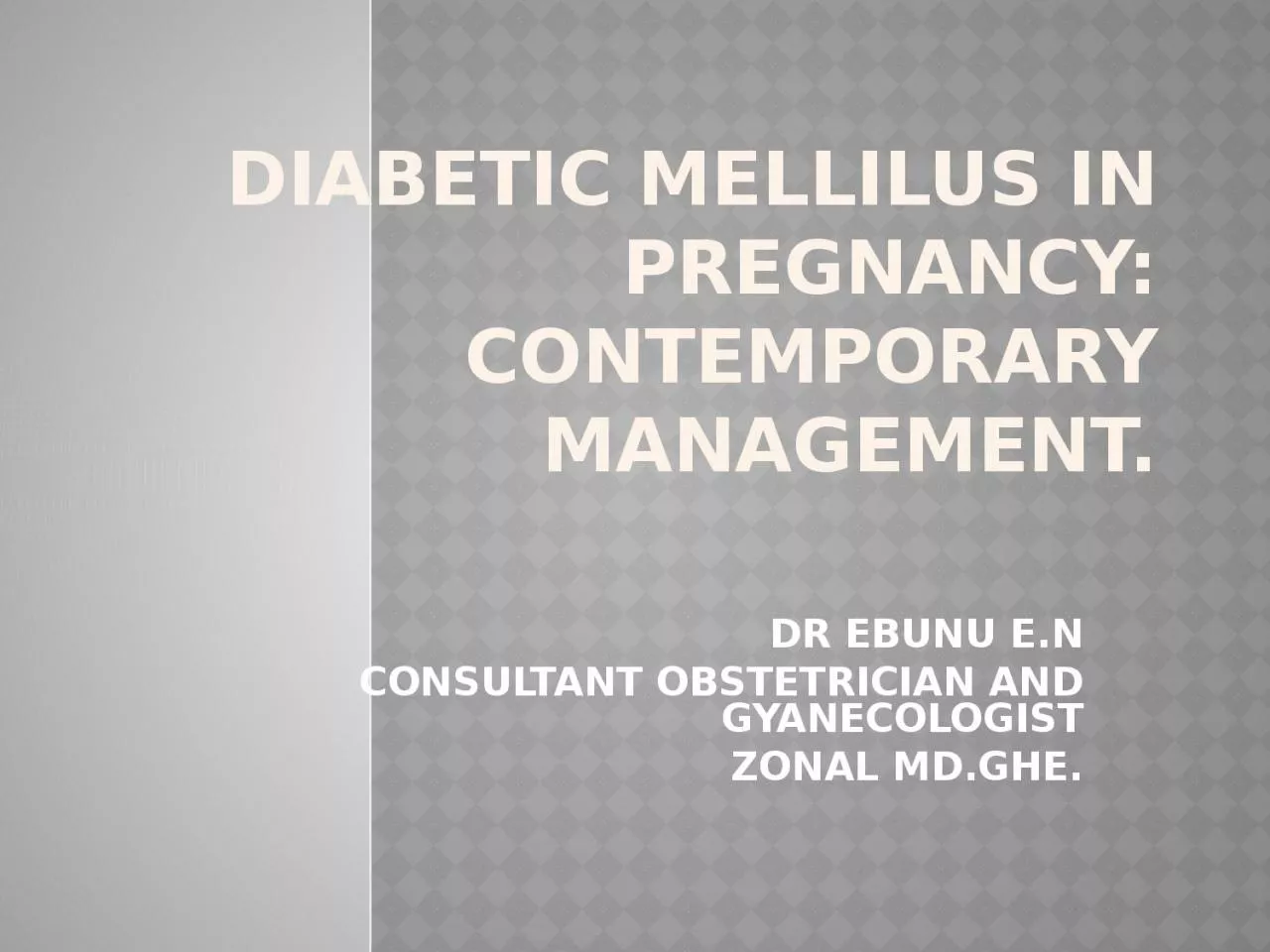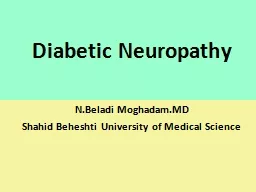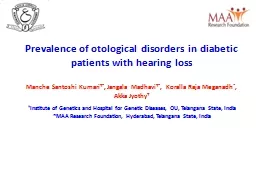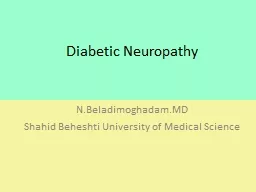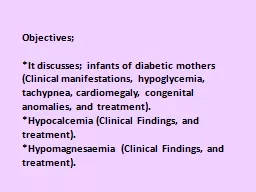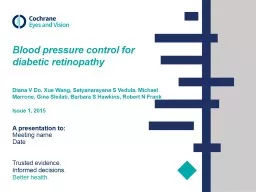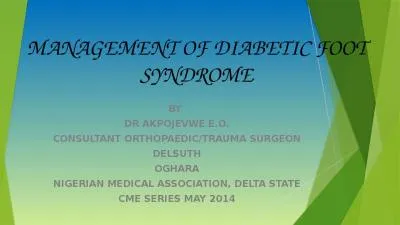PPT-DIABETIC MELLILUS IN PREGNANCY: CONTEMPORARY MANAGEMENT.
Author : morgan | Published Date : 2024-02-09
DR EBUNU EN CONSULTANT OBSTETRICIAN AND GYANECOLOGIST ZONAL MDGHE PreTest Management of women with diabetes mellitus in pregnancy 1 Joint care with midwives obstetricians
Presentation Embed Code
Download Presentation
Download Presentation The PPT/PDF document "DIABETIC MELLILUS IN PREGNANCY: CONTEM..." is the property of its rightful owner. Permission is granted to download and print the materials on this website for personal, non-commercial use only, and to display it on your personal computer provided you do not modify the materials and that you retain all copyright notices contained in the materials. By downloading content from our website, you accept the terms of this agreement.
DIABETIC MELLILUS IN PREGNANCY: CONTEMPORARY MANAGEMENT.: Transcript
Download Rules Of Document
"DIABETIC MELLILUS IN PREGNANCY: CONTEMPORARY MANAGEMENT."The content belongs to its owner. You may download and print it for personal use, without modification, and keep all copyright notices. By downloading, you agree to these terms.
Related Documents

